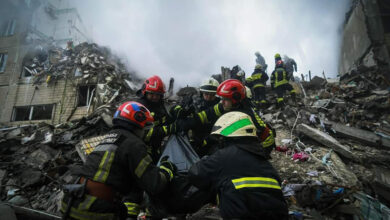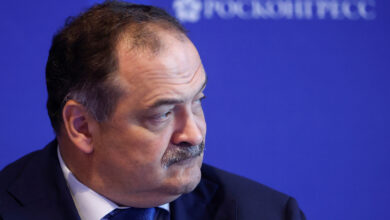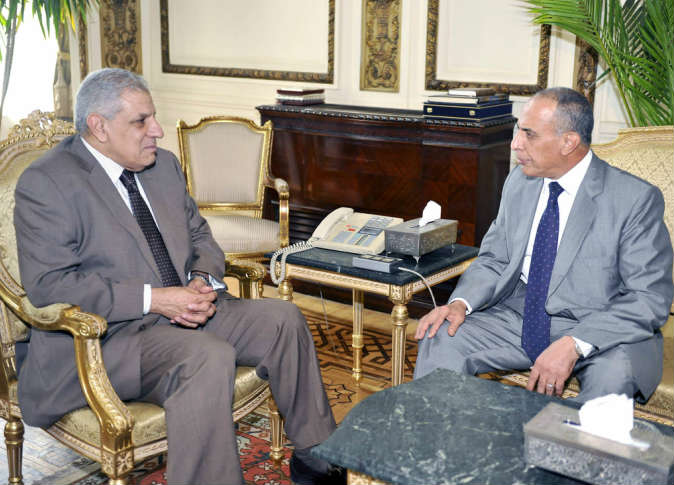News about the government’s plans to cut out all internet and mobile services in Egypt spread only two hours before the internet cut out at 4AM on the Friday of Anger. Activists and human rights groups, nevertheless, responded quickly. Two focal points continued to have internet services through an independent internet service provider. They were the places through which news feeds, pictures, and videos of demonstrations were uploaded and tweeted.
Activist groups have purchased a large inventory of international phone cards from local stores throughout the city to be able to call friends and international news agencies abroad, providing them with a continuous flow of news updates.
“The internet cutout is something that we have been expecting for over a year and we’ve been working on developing solutions,” explains activist Ahmad Gharbeia. We foresaw the Egyptian government responding to political crises through such measures. This is similar to what happened in Burma in 2007, he adds. We needed more time though to develop satellite internet services for human rights agencies, which would act as focal points for disseminating news, explains Gharbeia.
Social media networks played a pivotal role at the beginning to Egypt’s on-going protest, which kicked off on 25 January 2011. The use of Twitter was particularly relied on to coordinate demonstrations.
Starting Friday, people were “left in the dark”, explains Gharbeia, with the only communication channels being telephone landlines and word of mouth. Sharing landline phone numbers became a rare practice in Egypt in recent decades due to the proliferation of cell phone technologies. Before word of impending internet cut-off spread, many human rights activists only had the cell phone numbers of fellow activists rather than their landlines, explains Gharbeia.
“The internet and mobile phone cutout caused a state of panic as people were unable to call their families to tell them that they are alright,” explains Mona Saif, an activist.
Human rights centers such the Hisham Mubarak Legal Center turned into meeting points, with demonstrators convening there, meeting one another and planning the next steps. They also acted as focal points for people to deliver news, images or simply call their families.
“The virtual networks created over social networks like Facebook and Twitter moved into the real world for the first time,” explains Saif.
Once people turned to the streets, the process became organic with demonstrators meeting acquaintances and joining groups during their march to Tahrir Square, a main site of protests in downtown Cairo. Word of mouth became the main tool for planning the next steps, confirmed Saif. Demonstrators at Tahrir agreed before they left to convene the next day at 3PM. As they walked home, they spread the word on the street.
Activists have become tools facilitating the communication of news abroad, adds Saif. “This is the people’s revolution,” she adds.
People are adapting and developing various ways to overcome communication problems. As soon as the internet comes back, everyone will upload the photographs and videos they shot on Facebook groups, YouTube and blogs. Whereas, the access of such media to Egyptians will be as a post-fact documentation, it would remain an invaluable resource for collecting statistics about cases of death and injury which remain unconfirmed until now, explains Saif.
Mobile phone services were restored Saturday morning. Nevertheless, Hossam Bahgat of the Egyptian Initiative for Personal Rights is putting together a lawsuit against three mobile network operators in Egypt. Unfortunately, Egypt's law of telecommunications allows government agencies to cut off services in cases of emergency, and therefore dismisses the companies' accountability, explains Gharbeia.




